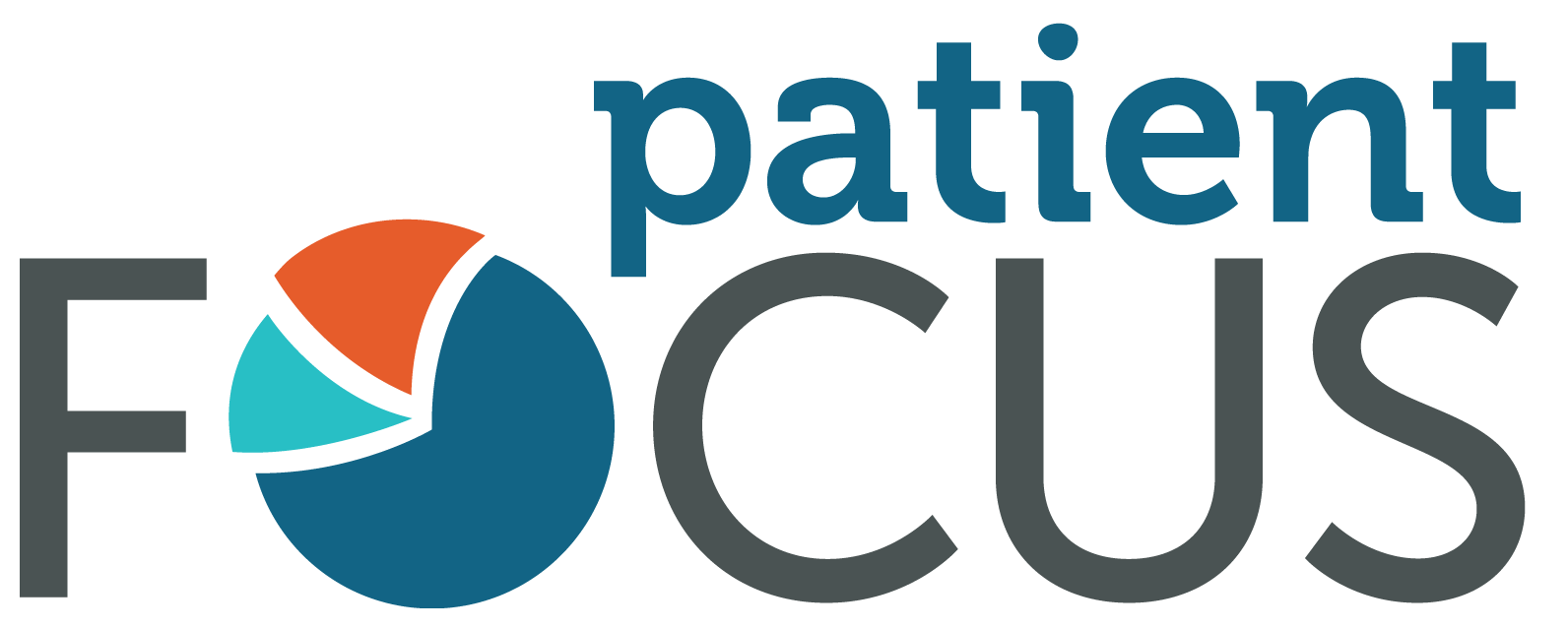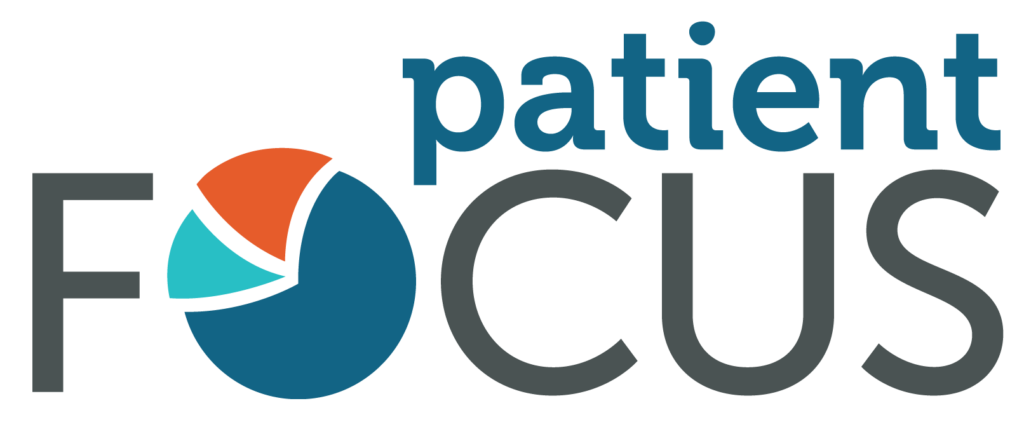Whenever my grandfather heard someone say, “A rising tide lifts all boats” he would always chime in with “High water hides a lot of stumps too.” When the US economy is doing well, and the proverbial water is high, the cost of healthcare to the average American can look like smooth sailing. However, the hazards of getting sick for most Americans: high deductibles, coinsurance, and rising premiums lie just below the surface of that booming economy.
The coronavirus pandemic has drained almost all the water from this metaphor, and the cost of healthcare does not look like smooth sailing for any of us. With unemployment levels higher than they’ve been in decades, neither employer-sponsored health insurance nor an income with which to buy insurance is available for hundreds of thousands of Americans.
“Many patients were challenged to meet their healthcare financial responsibilities prior to the arrival of COVID-19 due to high-deductible health plans, in addition to all their other financial obligations,” says Rick Gundling, senior vice president, healthcare financial practices for HFMA. “Now, you add a nationwide pandemic, deep economic uncertainty, rapid job losses and a sudden decline in healthcare coverage into the mix, and a larger number of patients are overwhelmed, with some simply unable to meet their responsibilities.”*
Compassionate Patient Collections
COVID-19 is having a devastating effect on the health and lives of hundreds of thousands of people, while every other disease, ailment, and broken bone continues unabated. Unfortunately, cancer doesn’t stop or even slow for COVID, and people must still be treated. Surgeries must continue, chemotherapy must be delivered, and treatment must go on.
But what does all this mean for the doctors, staff, and healthcare facilities delivering care and helping patients through it all? How do business offices balance the need to get paid with the financial challenges facing their patients in a COVID world? In a recent HFMA survey, 88% of healthcare providers indicate that COVID-19 has impacted their approach to patient collections in some way. 70% of healthcare providers have increased patient payment options, 74% have adjusted bad debt placement timing and 61% have delayed credit reporting.*
Healthcare providers responding to the survey also frequently described expected changes to their billing practices using the words compassion, flexibility, and creativity. “While almost no one anticipated a pandemic,” said Gundling. “Organizations have the chance to use it to realize true change in patient collections, making the process more efficient but also inherently more patient-focused and compassionate.”*
View from Here
From our vantage point, we have seen an encouraging trend of providers marshaling resources to help patients understand and pay their bills with knowledgeable call center staff, convenient online payment options, and payment terms that work for the patient. These resources were in demand before the pandemic and are now practically a requirement for every physician office, clinic, and healthcare facility in the US.
* Source: Survey: COVID-19 profoundly affecting patient collections and financial assistance programs (HFMA, October 2020)


